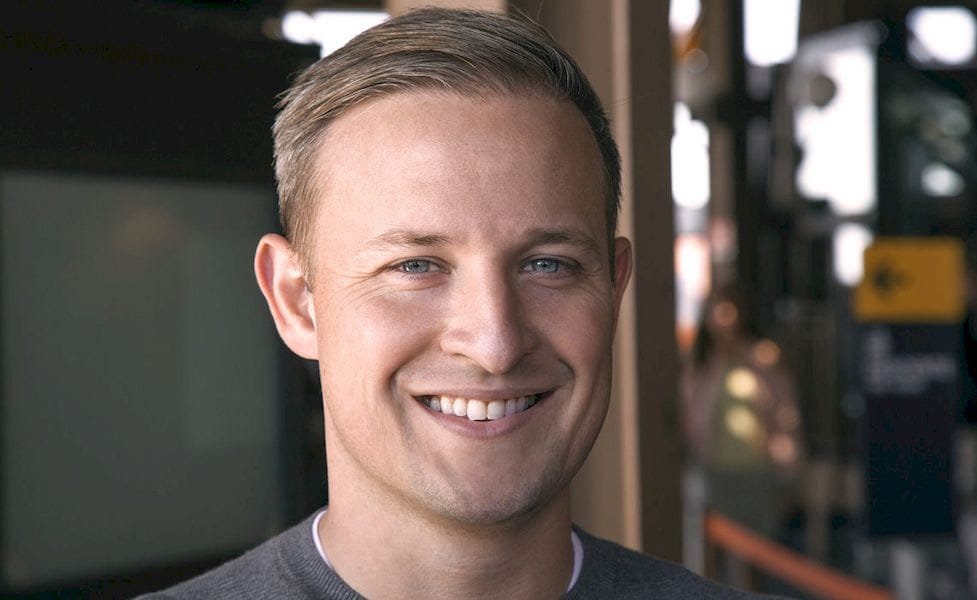
Shapeways announced a new CEO this past week.
The company has been a leader in 3D print services, being perhaps the most prominent such service in the public eye. A lot of that was perhaps due to their focus on the consumer market in the 2010-2015 era, when media attention on 3D printing was rampant.
Shapeways grew tremendously since then. We had a visit to their Brooklyn location in 2013 and saw first hand their 3D printing operations. Their location at the time seemed a bit too big for them, as there were vast amounts of empty production space, seemingly set for rapid expansion.
http://www.fabbaloo.com/blog/2013/1/8/deep-deep-inside-shapeways.html
The company has indeed grown from those days, but I’m not entirely sure if they have filled their Brooklyn plant space yet.
That growth was engineered largely by their co-founder and long-time CEO Peter Weijmarshausen, who stepped down last August. It’s only now, six months later, that Shapeways has selected their replacement CEO.
That selection is Greg Kress, formerly of Open English, a service that provides english language training online using native speakers. Prior to that experience, Kress spent time at GE Transportation in various supply-management roles.
You can always tell something about where a company is headed based on their selection of a CEO, because their Board of Directors spent considerable time selecting this individual from likely many qualified candidates. The Board’s mandate is to select a leader that can execute their strategy.
So what do we have here?
It seems the Shapeways Board selected a CEO that has significant skills in community building, as demonstrated at Open English, as well as some skills in supply chain management.
The supply chain management angle makes much sense: Shapeways is a production company that receives requests to make products, and then ships them to the requestors. This is a simple supply chain that could likely be optimized in several ways. Consider future ventures into more complex 3D printing services, or even non-3D printing services. These would necessarily complicate Shapeways’ existing supply chains and workflows, necessitating change and optimization.
The other angle is more puzzling to me: community building. Shapeways grew up on the idea of a community, where they can (and have) attracted a large number of designer to their 3D print service. In fact, designers can even erect custom “shops” on the Shapeways platform to market their 3D printed products to the world. This has been their secret sauce for many years, and has withstood challenges from several competitors.
But the world is changing, particularly in 3D printing.
The consumer and mass media interest has dropped significantly since 2015, and as a result many 3D printing companies have switched markets from consumers and hobbyists towards professional markets such as architects, industrial designers and engineers. This is a smaller market, but one that provides a more profitable base.
Even 3D print services that compete with Shapeways have made moves in this direction, with the prime example being 3D Hubs, who recently formally switched strategies from hobbyist to professionals.
If Shapeways were heading in that direction, perhaps they would have chosen a CEO with more manufacturing experience and less community building?
Does this mean Shapeways might be doubling down on their existing business model? Perhaps they believe that the downturn in consumer interest in 3D printing was related to the operation of complicated 3D printers and not interest in receiving 3D printed objects, thus making them a solution to that issue?
I cannot say what Shapeways’ intentions might be, but we will certainly find out as Kress’ new administration will develop their own unique strategy in coming months.
Via Shapeways

